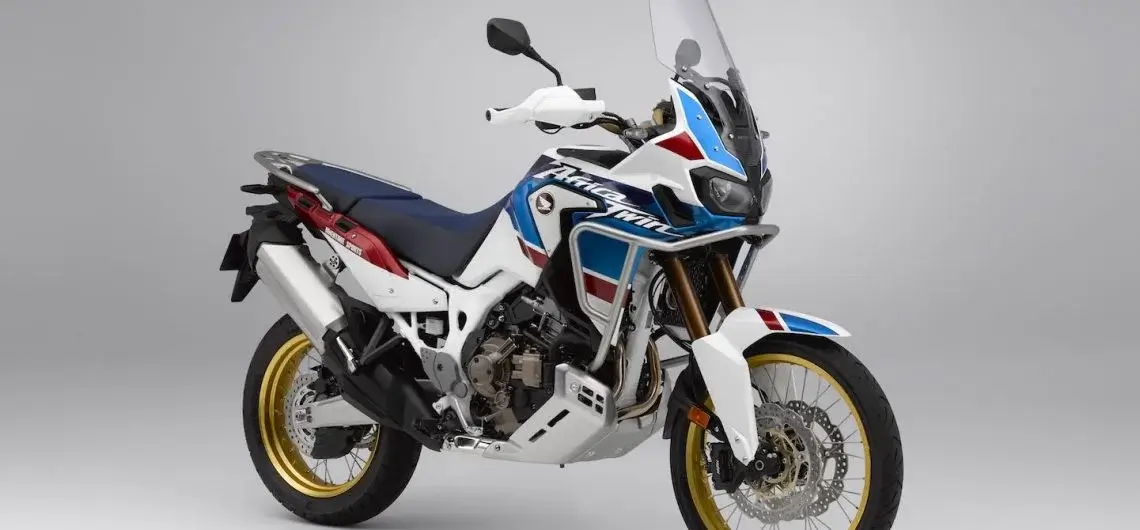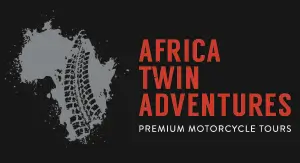
With Honda releasing specs for their new 2018 Africa Twin Adventure Sports model at EICMA yesterday, it’s probably a good time to compare it to the previous model Africa Twin launched in 2016.
Before starting any comparison, you first need to decide what you consider adventure biking to be. Do you come from a racing background and prioritise performance above everything else, or maybe having all the bells and whistles and latest technology is important to you? On the other hand your your idea of adventure riding may be prioritising reliability and ease of use to enable you to cover large distances easily. Consequently the best adventure bike is different things to different people.
The range of bikes these days is huge, and the different types of terrain equally diverse. It would be great if one could simply look at the specifications and based on these decide which bike is better, but in reality this is never the case. It is however a lot easier to compare two models of the same bike when upgrades are done to a previous model.
Two years after its release the Africa Twin has covered thousands of miles, and what stands out to me is that there have not been any significant issues with the bike, which is almost unheard of with the release of a completely new model of an adventure bike. One of the issues addressed with the Africa Twin Adventure is the corrosion of spokes, with the new model now being fitted with stainless steel spokes.
Hondas have always been known for their reliability, and the company’s strategy of not getting sucked into a horse power competition with the other manufacturers has resulted in a under stressed motor that has already proved its reliability. The new Africa Twin Adventure essentially has the same motor, adding throttle by wire, which enables additional levels of power, torque and engine braking to be selected. A new instrument cluster is used to display all the additional settings of the new Africa Twin Adventure and a “User” setting allows you to save all your preferred settings.
Being somewhat old school I am not a big fan of huge amounts of electronics on adventure bikes, and feel more comfortable leaving the settings in one position and learning what the bike will do in a situation, rather than hoping the electronics will sort it out. The harsh environment these bikes are designed to be used in, as well as the inevitable fall or dropping of a bike also does not mix well with electronics generally.
Horsepower has been increased marginally on the Africa Twin Adventure by a new intake and exhaust design. The original motor is no way underpowered, and more than enough off road, but unsurprisingly you aren’t going to win a race against your mate on his KTM 1290 on the paved roads. Adventure riding to me is getting off the beaten track and away from civilisation, which means the lack of nearby medical care and safety immediately becomes an issue. This is not where you should be riding even close to your limit. Having loads of power available is always nice, but in my opinion unnecessary on an adventure ride when you are seldom going to use all of it. The advantage of the Africa Twin with its torquey useable power spread is getting to your destination after a long day in the saddle without feeling exhausted.
Suspension is also another important issue for adventure bikes, and another area where the Africa Twin has received some criticism for being too “soft”. My question is too soft for what? If you want to go racing or hit huge jumps or dips at high speed, then yes, it is too soft, but that is not what you should have bought this bike for. After taking my KTM Factory Rally bike on a few long rides I can assure you that it’s racing suspension, while being able to handle anything you throw at it, is seriously uncomfortable after a few hours in the saddle. The new Honda Africa Twin Adventure has slightly longer travel suspension, so if you are consistently bottoming out your suspension on your Africa Twin perhaps the Africa Twin Adventure is the way to go.
The soft and somewhat springy saddle on the Africa Twin also contributes to the soft feel of the suspension, but you should not be sitting over reasonably bumpy terrain, and that your backside will thank you for that springy saddle after a long day. Seating position or saddle height is another aspect important for adventure riders, and usually a compromise between having enough space for your legs while sitting, and being able to touch the ground with your feet. While technical riding is usually a small part of adventure riding the low seat on the Africa Twin means getting your feet down is not a problem, and even being tall I have not struggled with the low sitting position. The look of the one piece saddle on the new Africa Twin Adventure is visually an improvement, however I can honestly say I have never struggled to move around on the current two piece saddle, so comfort levels will be a decider here for me.
Another important consideration around comfort when covering long distances is wind protection. Again this is a very personal issue with one size not fitting all. Torso length as opposed to your overall height, as well as helmet choice and seating position play a role here, and what works for one person will not work for another. The screen of the 2016 Africa Twin works well for me, but it will be interesting to see if the bigger screen and added fairing protection on the Africa Twin Adventure is an improvement.
Fuel tank capacity and range is always a consideration for adventure bikes, and again depends on the type of riding you are doing. Living in South Africa means we have long distances to cover on some of our rides, and this can be an issue with the 18,9 litre tank of the 2016 Africa Twin. When ridden conservatively you can get close to the 400km range advertised by Honda, but typically you would not want to plan a trip based on the limits of your fuel range. The new Africa Twin Adventure definitely has an advantage here with its 24,2 litre tank and claimed 500km range.
Heated grips as a standard option are probably more appealing to riders in colder climates than South Africa, and the deciding factors here will probably be if they work better than the aftermarket options on the 2016 Africa Twin (Not good at all) and the cost, as opposed to adding your own.
Lastly aesthetics are always going to be important, and while both models are clearly very similar, personal preference will again be the decider here.

